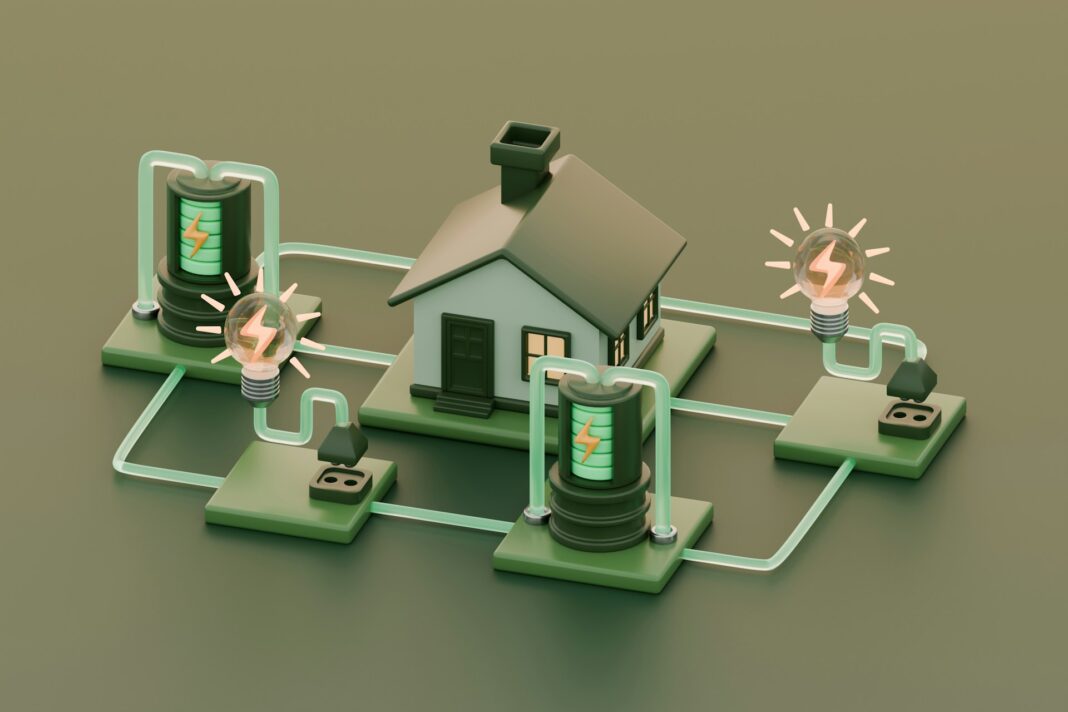As summer temperatures continue to rise year after year, creating a cool, comfortable home environment becomes increasingly important. Beyond cranking up the air conditioning—which leads to skyrocketing energy bills—there are several strategic home upgrades that can significantly improve your home’s ability to stay cool when temperatures soar. These improvements range from simple weekend projects to more substantial investments, but all contribute to a more comfortable and energy-efficient living space. Here are eight essential upgrades to consider for beating the heat.
Smart Thermostat Installation
One of the simplest yet most effective upgrades is installing a smart thermostat. These devices learn your schedule and preferences, adjusting temperatures automatically throughout the day. Many models allow remote control via smartphone apps, meaning you can turn down the air conditioning before arriving home or adjust settings without leaving your couch. Smart thermostats can reduce cooling costs by 10-15% annually while maintaining optimal comfort levels. They also provide valuable data about your energy usage, helping you make informed decisions about when and how to cool your home.
Stylish Ceiling Fans
Few home upgrades combine functionality and style as effectively as ceiling fans. A HunterFan ceiling fan chandelier offers the perfect blend of elegant lighting and efficient air circulation, becoming both a design focal point and a practical cooling solution. Ceiling fans create a wind-chill effect that makes rooms feel 4-8 degrees cooler without actually changing the temperature, allowing you to set your thermostat higher while maintaining comfort. Modern ceiling fans have reversible motors, providing year-round functionality by pushing warm air downward during winter months.
Enhanced Attic Insulation
Your attic acts as a thermal barrier between the sun-baked roof and your living spaces. When properly insulated, it prevents heat transfer into your home. Consider upgrading to high-performance insulation with an R-value appropriate for your climate zone. For many homes in hot regions, increasing attic insulation can reduce indoor temperatures by 10-25 degrees during peak heat, dramatically decreasing the workload on your cooling system. Additionally, proper attic ventilation works hand-in-hand with insulation, allowing hot air to escape rather than becoming trapped in your home’s upper levels.
High-Performance Windows
Windows are notorious weak points in a home’s thermal envelope. Upgrading to double or triple-pane windows with low-emissivity (low-E) glass can significantly reduce heat gain. These windows have special coatings that reflect infrared light, keeping heat outside while still allowing visible light to enter. The space between glass panes is filled with insulating gas, further improving thermal performance. While replacing windows represents a significant investment, the comfort improvement is immediate, and energy savings typically return the investment over time.
Reflective Roofing Materials
Your roof absorbs tremendous heat during sunny days, much of which transfers into your home. Reflective roofing materials, often called “cool roofs,” can reduce roof temperatures by up to 50 degrees Fahrenheit. These materials reflect more sunlight and absorb less heat than traditional roofing. Options include specially coated metal roofing, reflective asphalt shingles, and ceramic tiles with reflective properties. While replacing an entire roof is a major project, the cooling benefits last for decades, significantly reducing cooling costs throughout the roof’s lifespan.
Exterior Shade Structures
Strategically placed shade structures prevent direct sunlight from heating your home’s exterior and radiating indoors. Pergolas, awnings, and extended eaves can dramatically reduce heat gain through windows and walls. Retractable awnings offer flexibility, providing shade during summer months and allowing beneficial solar heat gain during winter. For a more natural approach, strategically planted deciduous trees provide summer shade while allowing winter sunlight to warm your home when leaves have fallen.
Whole-House Ventilation Systems
Beyond spot ventilation, like bathroom fans, whole-house ventilation systems can significantly improve comfort during hot weather. These systems exchange stale indoor air with fresher outside air, particularly valuable during cooler evening hours. Options include heat recovery ventilators (HRVs), energy recovery ventilators (ERVs), and whole-house fans. The latter are particularly effective in dry climates, capable of cooling an entire home in minutes when operated during evening hours when outdoor temperatures drop below indoor temperatures.
Weatherization and Air Sealing
Even homes with excellent insulation can suffer from thermal leakage through small gaps around windows, doors, and utility penetrations. Professional weatherization addresses these vulnerabilities through comprehensive air sealing. Technicians use specialized equipment to identify leakage points, then apply appropriate sealing materials to create a more complete thermal envelope. This relatively low-cost upgrade not only improves cooling efficiency but also prevents humidity infiltration and improves indoor air quality by reducing the entry of outdoor pollutants.
Implementation Strategy
Rather than attempting all upgrades simultaneously, consider developing a phased implementation plan based on your budget and priorities. Begin with an energy audit to identify your home’s specific weaknesses. Low-cost, high-impact solutions like smart thermostats and ceiling fans provide immediate relief while you plan for larger investments. Remember that many energy-efficiency upgrades qualify for utility rebates, tax incentives, or specialized financing programs, potentially reducing out-of-pocket costs significantly.
Climate change projections suggest that extreme heat events will become more frequent and intense in the coming years. By implementing these upgrades, you’re not merely improving current comfort but future-proofing your home against increasingly challenging conditions. Beyond the practical benefits, these improvements enhance your property value, as energy efficiency and comfort features rank highly among homebuyers’ priorities.
By taking a comprehensive approach to heat management—combining active cooling, passive heat prevention, and smart controls—you can create a remarkably comfortable home environment even during the most challenging heat waves, all while minimizing energy consumption and environmental impact. The key is selecting the right combination of upgrades for your specific home, climate, and lifestyle needs.





